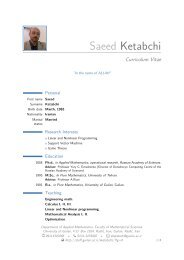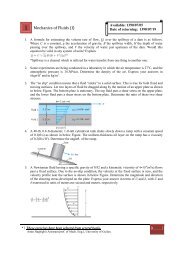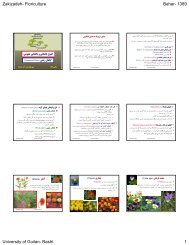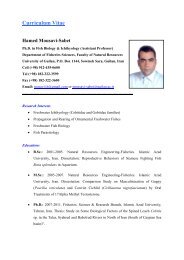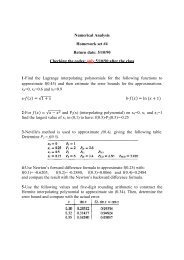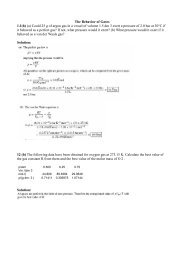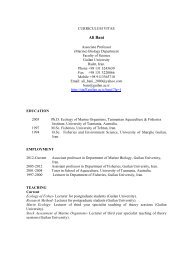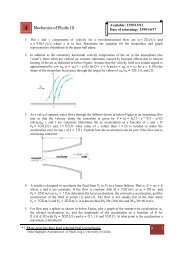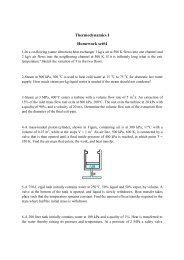Medical Tourism in Developing Countries
Medical Tourism in Developing Countries
Medical Tourism in Developing Countries
- No tags were found...
You also want an ePaper? Increase the reach of your titles
YUMPU automatically turns print PDFs into web optimized ePapers that Google loves.
90 ● <strong>Medical</strong> <strong>Tourism</strong> <strong>in</strong> Develop<strong>in</strong>g <strong>Countries</strong>Second, one of the more notorious forms of medical tourism is what hascome to be called transplant tourism, namely organ and tissue transplantations.100 This occurs when patients travel to countries where they can purchaseorgans and thus bypass the queue <strong>in</strong> their home countries. Transplanttourism did not come to the attention of world organizations until reportsfrom Ch<strong>in</strong>a, India, and South Africa surfaced about the sale of organs,especially among the most vulnerable, the poor and uneducated, who weremost will<strong>in</strong>g to sell their organs. The WHO recommendations are designedto harmonize global practices so as to control the practice.Third, there are regulations perta<strong>in</strong><strong>in</strong>g to trade <strong>in</strong> health services thatalso have a bear<strong>in</strong>g on medical tourism. The 1994 General Agreement onTariffs and Trade (GATT) stipulated five multilateral trade agreements thathave implications for trade <strong>in</strong> health matters. 101 First, countries may banthe import of products <strong>in</strong> order to protect public health. In addition, countriesadhere to the follow<strong>in</strong>g:1. TRIPS (Trade Related Aspects of Intellectual Property Rights) thatsets standards for the protection of <strong>in</strong>tellectual property (and hasramifications for the importation of drugs);2. SPS (Sanitary and Phytosanitary Measures) that affects national policyfor food safety;3. TBT (Agreement on Technical Barriers to Trade) that deals with theproduction, label<strong>in</strong>g, packag<strong>in</strong>g, and quality standards of pharmaceuticals,biological agents, and other consumer products; and4. GATS (General Agreement on Trade <strong>in</strong> Services) that deals with movementsof consumers across <strong>in</strong>ternational borders <strong>in</strong> order to get or givehealth care, the movement of capital across boundaries <strong>in</strong> the form ofdirect foreign <strong>in</strong>vestment, as well as the newer areas of e-commerceand telehealth.<strong>Tourism</strong>International agencies promote public sector coord<strong>in</strong>ation with the privatesector <strong>in</strong> LDCs. The UNWTO offers its support by foster<strong>in</strong>g a bus<strong>in</strong>essfriendly environment that gives private <strong>in</strong>vestors the possibility for commerciallyviable tourism projects and public/private partnerships. The IMF,as part of its structural adjustment programs <strong>in</strong> LDCs, supports the creationof a liberal environment for the tourist <strong>in</strong>dustry (one that <strong>in</strong>cludes privatizationand foreign <strong>in</strong>vestment). 102International <strong>in</strong>stitutions also set behavioral norms for the <strong>in</strong>dustry. Theyseek to protect migrant workers and implement employment regulations.They also promote broad social <strong>in</strong>clusion <strong>in</strong> tourism projects. In this way,






